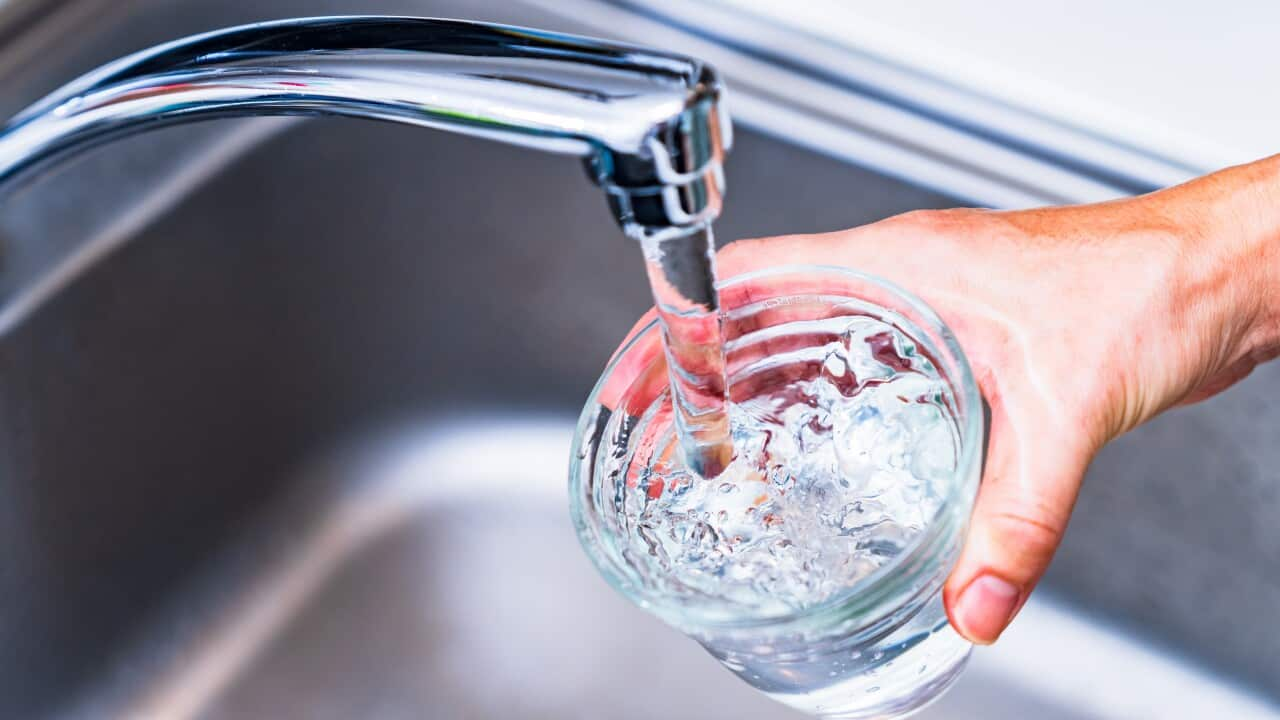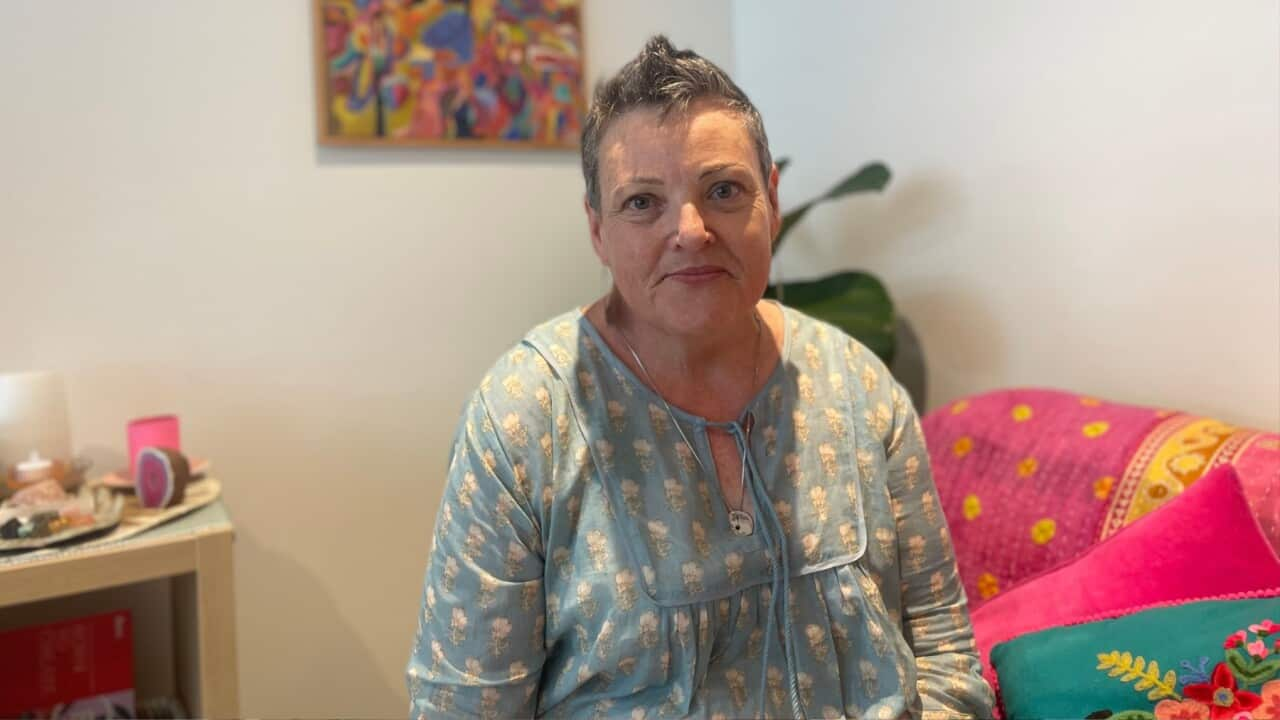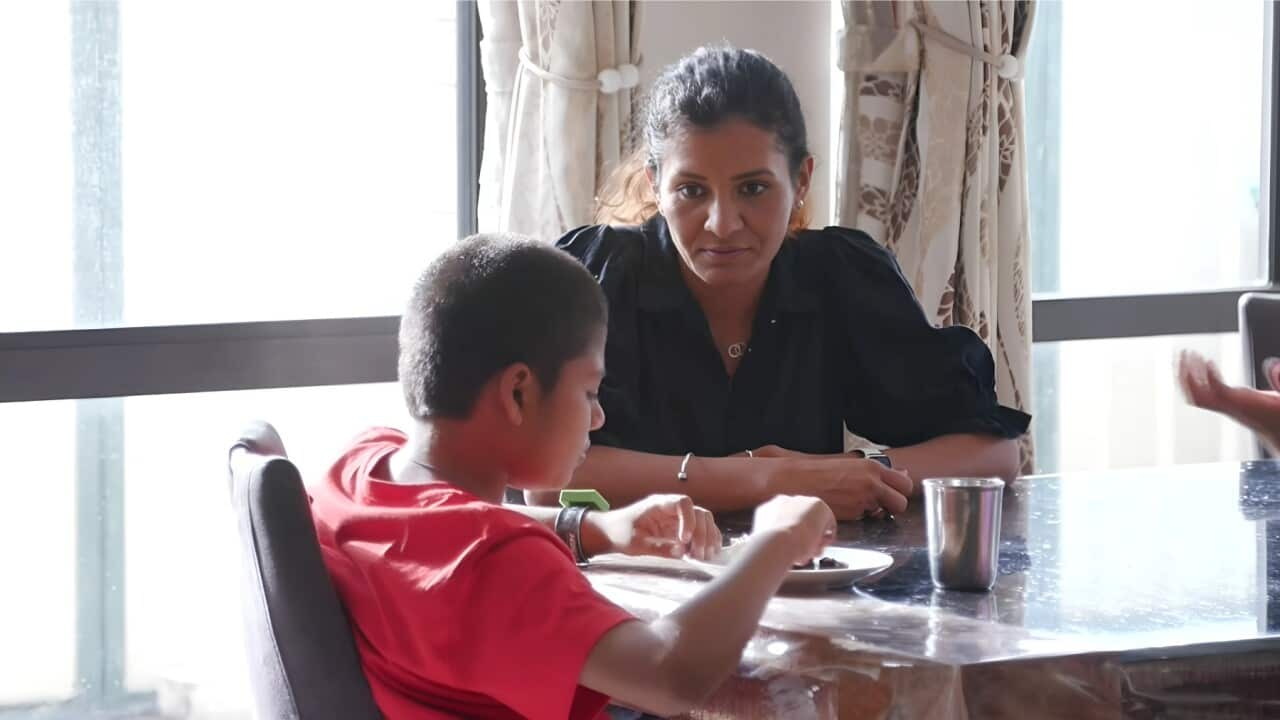TRANSCRIPT
From firefighting foam to household items, such as nonstick pans and stain-resistant fabrics, so-called forever chemicals or PFAS have been used widely since the 1950s.
Research and testing has now shown the group of 14,000 chemicals, which take a long time to break down, can be found in the environment.
And a clearer understanding is also emerging of the human health impacts.
Denis O'Carroll is a professor of civil and environmental engineering at the University of New South Wales.
He has co-authored a study on PFAS levels in groundwater and surface water in Australia - and around the world, that was published in Nature Geoscience earlier this year (in April).
“Well, we looked at international groundwater and surface waters, just natural waters that could be used, taken through a treatment plant, and then we could drink the water after that. And we found that PFAS was pervasive throughout the world, in our ground and surface waters at concentrations higher than would be deemed acceptable in many international jurisdictions.”
Now, Australia's guidelines on the allowable levels of PFAS in drinking water is being revised - in the light of the current scientific evidence on the health risks to extended life-long exposure to the chemicals.
The National Health and Medical Research Council says it has considered the latest PFAS guidance from overseas.
The council's CEO, Professor Steve Wesselingh says more stringent regulation is being proposed to protect human health.
The new limits affect four types of PFAS - measured in nanograms per litre.
“And this is based on human health considerations And the concentration of the following PFAS in drinking water should not be exceeded above these levels. You need to be drinking above these levels for your entire life to have what we regard at the moment as toxic effects. PFOA we've reduced from 560 down to 200. PFOS, which we had previously joined together with PFHxS, at a level of 70. We've reduced down to four. PFHxS we have reduced down to 30. And PFBS - we didn't have a level before. And we now have a level of 1,000.”
In December 2023, the cancer agency of the World Health Organization* classified a type of PFAS called PFOA to "carcinogenic to humans".
Professor Wesselingh says there will be regional differences on the approach - based on different methodologies and legal contexts.
“As an example, if a product is fought to have a carcinogenic effect, in other words, it may be fought on the evidence to cause cancer, they have to reduce their levels down to zero - or as close to zero as they possibly can. Whereas (in Australia) we have a different approach where we look at a threshold level. Whereas if we get below that threshold level, we believe that there is no risk of that substance causing the problem identified - whether they be thyroid problems, bone marrow problems or cancer.”
He says in reaching the revised numbers, experts in Australia determined that much of the quality evidence on health impacts is on animal studies.
Last month a New South Wales parliamentary inquiry was established after independent testing on raw, untreated water - reported in the Sydney Morning Herald - showed hotpots of PFAS contamination, including in dams in the Blue Mountains.
That testing - commissioned by the Sydney Morning Herald - found elevated levels of two types of PFAS in Adams Creek, which feeds Medlow Dam.
The concentrations of 3.7 micrograms per litre was 50 times higher than the current Australian guidelines of 0.07 micrograms.
As a precaution, WaterNSW disconnected Medlow Dam and Greaves Creek Dam from the drinking water supply on August 28, after government tests also showed elevated PFAS levels - although at a lower number of 0.09 micrograms per litre - still above the current guidelines.
Jon Dee is a Blue Mountains local resident, social entrepreneur and environmental advocate who co-founded the Australian environmental non-profit, Planet Ark.
He says the discovery of the elevated levels of PFAS has been distressing.
“Well, we're in a situation where we have totally unsafe levels of these PFAS forever chemicals in our drinking water. So many of us are now having to buy reverse osmosis water filters, which cost many, many, many hundreds of dollars. In fact, the one I've just got is a thousand dollars unit. And yet, we are still having to pay our water bills in the same way that people are in Sydney. Yet the people in Sydney are drinking water out of Warragamba Dam that has PFAS levels 300 times lower than what we have here in the Blue Mountains.”
Mr Dee says the situation prompted him to help form the STOP PFASS action group.
He welcomed the latest draft guidelines as a step forward, but says it doesn't go far enough - and should match the higher standard overseas in countries like the United States and Canada.
New South Wales Water Minister Rose Jackson released a statement reassuring residents that "recent and ongoing testing" is taking place.
The statement says: the most recent tests shows "all water currently supplied by Sydney Water and Hunter Water complies with existing Australian Drinking Water Guidelines and remains safe to drink".
She says measures are being taken to reduce the PFAS levels in Blue Mountains area, by isolating the locations where PFAS has been detected and using more water from an alternative dam.
Mr Dee says he is not satisfied with that response.
“So the (NSW) Water Minister can't have it both ways. On one hand, she's saying that the tap water is safe for us to drink, but the new incoming guidelines say that it's unsafe. And if you look at the American drinking water guidelines, well our drinking water here in the Blue Mountains contains PFAS chemicals at levels four times higher than what's considered safe in America. So in our view, the Water Minister and the New South Wales governments, Sydney Water and Water NSW are misleading people in the Blue Mountains are saying our tap water is safe to drink. It simply isn't.”
Professor O'Carroll says he welcomes the draft guidelines, but believes more types of PFAS chemicals should be included.
“So I think that the government should consider expanding the reach and the scope of the PFAS that they're looking at - for potential inclusion. I'm sure they will do that, but that would be used accelerating that process would be good. Canada, who do consider more. So Canada, for example, would consider 25. The European Union would consider all 14,000 (types of PFAS).”
He also called for more comprehensive testing of PFAS levels in water sources around Australia [[- a responsibility of state and territory governments]].
Professor Tony Lawler is Chief Medical Officer for the Australian Department of Health and Aged Care.
He says the federal government has commissioned research on PFAS and its impact on human health in Australian communities.
“In 2016, the department commissioned the Australian National University to conduct an epidemiological study examining the potential health effects resulting from PFAS exposure in three Australian communities: Katherine in the Northern Territory, Oakey in Queensland and Williamtown in New South Wales. I do note that people living in those three PFAS investigation areas were more likely to have experienced psychological distress than those who lived in comparable communities. And the govern ment takes the help and wellbeing of the Australian public seriously, including mental health; and is committed to building a strong mental health system for Australia.”
Submissions on the draft water guidelines will be collected over the next month, until November 22.
The final guidelines are due to be published by April next year.













